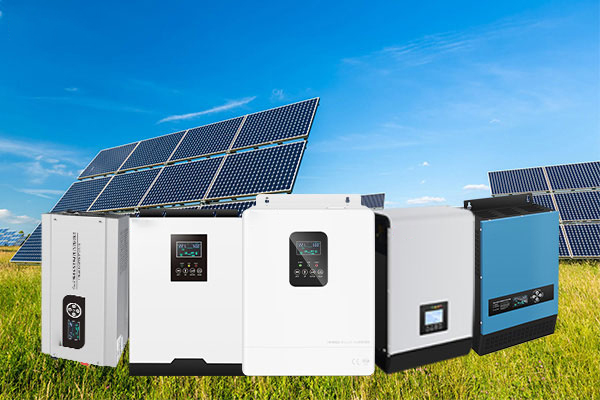Here are five major differences between power frequency inverters and high frequency inverters:
- Operating Frequency:
- Power Frequency Inverters: Operate at the standard power frequency of the grid, typically 50 Hz or 60 Hz.
- High Frequency Inverters: Operate at much higher frequencies, typically in the kilohertz (kHz) range, often several hundred Hz to several kHz.
- Applications:
- Power Frequency Inverters: Primarily used for grid-tied applications, such as solar PV systems, wind turbines, and battery storage systems, where AC power needs to be synchronized with the utility grid.
- High Frequency Inverters: Employed in various applications such as uninterruptible power supplies (UPS), electric vehicle (EV) powertrains, induction heating, and medical equipment, where compact size, rapid response, and precise control are critical.
- Output Waveform:
- Power Frequency Inverters: Aim to produce a sinusoidal AC waveform similar to the utility grid’s waveform, ensuring compatibility with electrical loads and minimizing harmonic distortion.
- High Frequency Inverters: Produce a sinusoidal or quasi-sinusoidal AC waveform, but achieving waveform quality may require additional filtering and control due to the higher switching frequency.
- Switching Components:
- Power Frequency Inverters: Typically use insulated gate bipolar transistors (IGBTs) or other power semiconductor devices for switching at the lower frequency of the grid.
- High Frequency Inverters: Utilize fast-switching semiconductor devices such as IGBTs or metal-oxide-semiconductor field-effect transistors (MOSFETs) to operate efficiently at higher frequencies.
- Size and Weight:
- Power Frequency Inverters: Generally larger and heavier due to the lower operating frequency and the need for larger magnetic components such as transformers and inductors.
- High Frequency Inverters: Compact and lightweight design enabled by the higher operating frequency, which allows for the use of smaller magnetic components and reduces the overall size and weight of the inverters.


